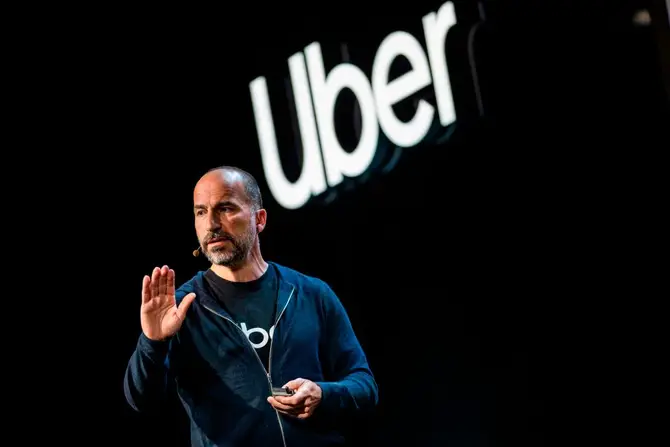Companies are starting to store their acorns in expectation of tougher conditions as equities continue to fall and an economic slump looms.
Consider Uber. CEO Dara Khosrowshahi wrote a message to Uber employees on Sunday, outlining how the company is hunkering down in the face of a rapidly deteriorating macro environment—and what he laid out is likely being replicated in boardrooms across the country. The bottom line:
The stock market is in shambles. Following a meeting with investors, Khosrowshahi stated that “the market is undergoing a seismic change” as a result of uncertainty, and that safer bets are being chosen over riskier ones.
How can you look to be a “safer” investment? You bring in money. Khosrowshahi stated that the firm would strive for profitability based on free cash flow rather than the company’s adjusted EBITDA measure, which has been criticised for portraying an inaccurate image of Uber’s finances. “The goalposts have moved,” remarked Khosrowshahi.
Uber’s job board has also changed. It’s getting smaller in particular. Khosrowshahi is now seeing hiring as a “privilege” and will be “deliberate” about recruiting new people, possibly signalling a broader hiring moratorium. Uber isn’t the only company that has realised that its organisational chart has to be trimmed…
Most of Meta’s engineering departments have implemented a hiring freeze.
Amazon executives are concerned that their warehouses are overworked (then again, it did hire 800,000 people in 2020 and 2021).
Last month, Robinhood laid off 9% of its workforce.
Uber is also cutting costs in other areas. It’s being more cautious about ramping up certain projects, and it’s cutting back on ineffective marketing and incentive programmes for drivers. “We will be much more tough about costs across the board,” says the CEO.
Big picture: Just as businesses responded to Covid lockdowns in 2020 and staff shortages and rising inflation in 2021, they’ll have to adjust again this year to withstand a storm caused by higher interest rates, slower growth, and market volatility.

